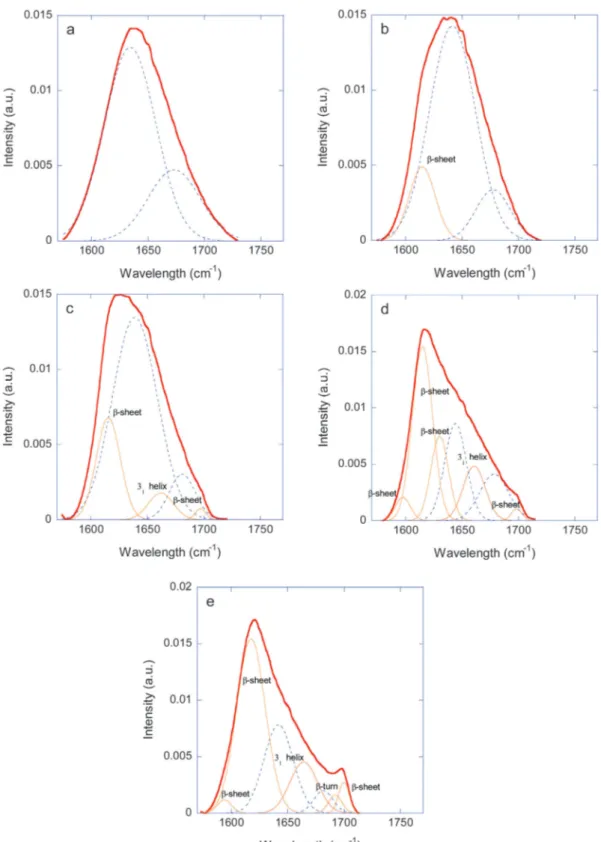Mechanical behaviour and formation process of silkworm silk gut
Texto completo
Figure




Documento similar
This process has been implemented using the same approach already applied to undoped G/Rh(111) [66], and full oxygen intercalation, with the formation of a O–(2×1) monolayer on top
Here we emphasize variation in translation and its important significance for the formation of world literature to indicate that variation is inevitable in the process of
The RT system includes the following components: the steady state detector used for model updating, the steady state process model and its associated performance model, the solver
However, the result presented in Figure 7.14 showed a very opposite result where the lack of bacitracin in the double pHEMA layer exhibited a biofilm formation whereas the
The silk indusdy had been inttoduced to Como in 1510, and after a period of decline, was re-establidied in 1551, and devel(^>ed quickly in the following years ^^. In Pavía,
We compare the mechanical properties of fibers made of polymers and of composites with pristine single-walled carbon nanotubes (SWNTs), mechanically interlocked
However, the sulfurization temperature is the parameter that regulates the formation of an orthorrombic single phase SnS thin film with the optimum properties to be used
Importantly, the expression of the FH2 domain, which was mapped as the INF2 domain involved in this process, restored MTOC reorientation and Glu- MT formation in
